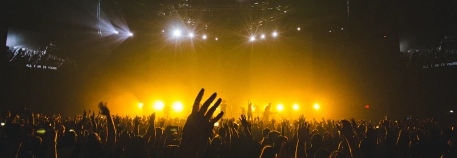Types of Outdoor Advertising
Outdoor advertising stands as a testament to enduring advertising techniques despite digital influx. It captures the attention of passersby with its dynamic and stationary forms, such as billboards, digital displays, and more.
This guide delves into various outdoor advertising methods, their effectiveness, innovations, and the strategic execution of successful campaigns.
Billboards
StatiC Billboards
The classic billboard, often referred to as a static billboard, remains a quintessential part of outdoor advertising landscapes across the globe. These large-scale advertisements are typically installed along highways, atop buildings, or in high-traffic urban areas, where they attract the attention of both pedestrians and drivers.
Today, static billboards can be printed posters that are glued to physical signs, or they can be painted murals, known as “wallscapes,” that make effective use of building exteriors. Here’s an example of a wallscape we did for Miley Cyrus’ album release campaign:
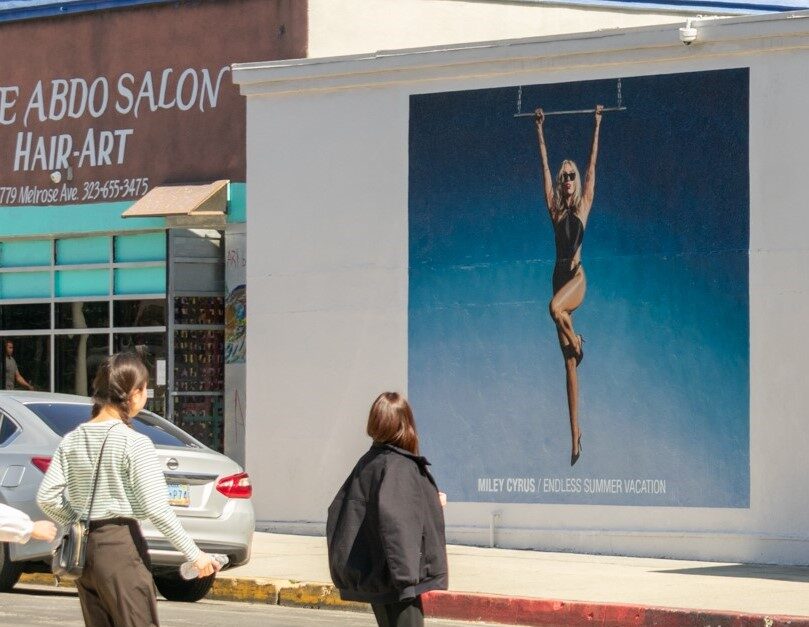
The primary appeal of static billboards lies in their simplicity and longevity; they deliver a consistent message 24/7, providing continuous exposure to a repetitive audience.
This form of advertising is particularly effective for campaigns that aim to build brand recognition or deliver straightforward, impactful messages that don’t require frequent updating.
Digital Billboards
Digital billboards represent the evolution of traditional billboard advertising, incorporating the latest technology to display dynamic content.
Unlike their static counterparts, digital billboards can change messages throughout the day, allowing multiple advertisers to share the same space at different times. This flexibility makes digital billboards ideal for delivering timely or context-specific information, such as special promotions, event-based marketing, or real-time updates like weather forecasts.

The vibrant displays, often equipped with LED or LCD technology, are capable of showing full-color graphics, videos, and animations, thereby capturing the viewer’s attention more effectively than static images. The interactivity and vividness of digital billboards make them a powerful tool for engaging a modern audience that values current, relevant content.
Mobile Billboards
Mobile billboards offer a unique twist to traditional outdoor advertising by adding mobility to the mix. These are advertisements displayed on the sides of trucks or trailers, designed to move around or park at strategic locations, maximizing visibility and impact.
The mobility of these billboards allows advertisers to target specific events, times, or locations, making them incredibly effective for targeted marketing campaigns.

For instance, a mobile billboard might circulate around a concert venue, trade show, or sports event, ensuring high visibility among a concentrated audience with shared interests. Additionally, mobile billboards can be used to target daily high-traffic areas during peak times, such as rush hour in metropolitan areas, thereby increasing the chances of advertisement recall.
This method combines the high-impact visual appeal of traditional billboards with the precision targeting of digital marketing, offering a versatile and effective advertising solution.
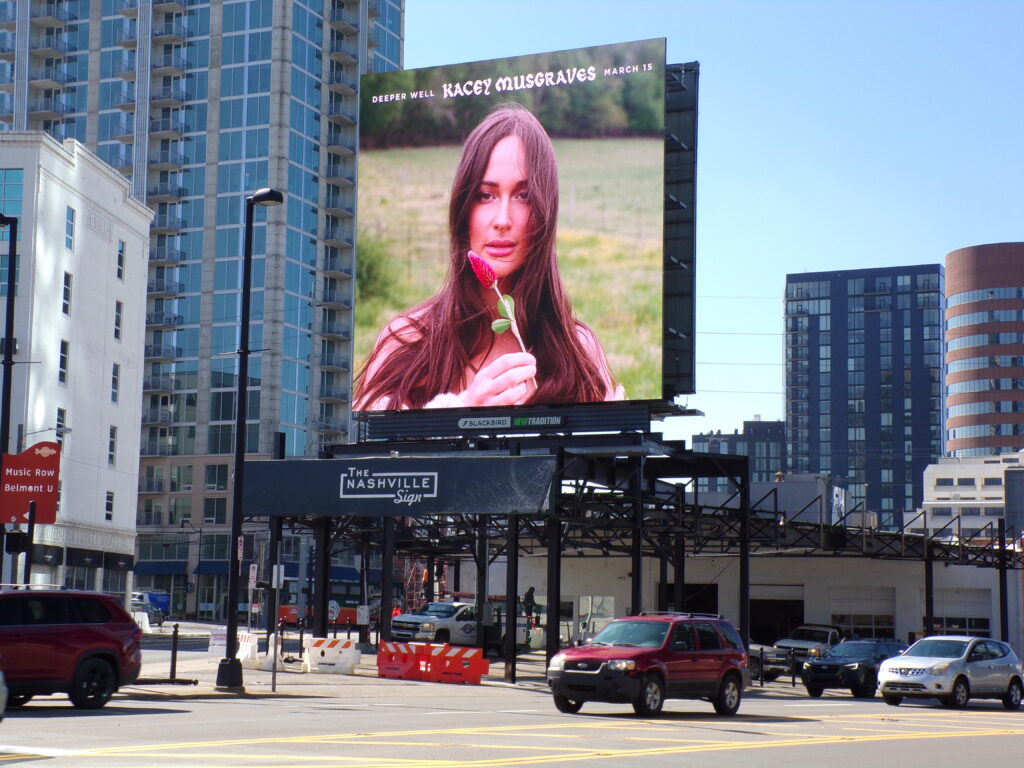
Transit Advertising
Transit advertising harnesses the daily movements of public transportation systems to broadcast your message across a wide array of urban and suburban landscapes.
By placing ads on the exterior and interior of public transport vehicles—such as buses, trains, and subways—this form of advertising turns everyday commutes into dynamic opportunities for marketers to reach audiences.
Bus Advertising
Bus advertising offers an expansive canvas that moves through the city streets. It includes exterior ads, which can cover the entire bus (full wrap) or partial sections (side panels, back panels), and interior ads, typically placed above the seats or on the back of bus tickets.
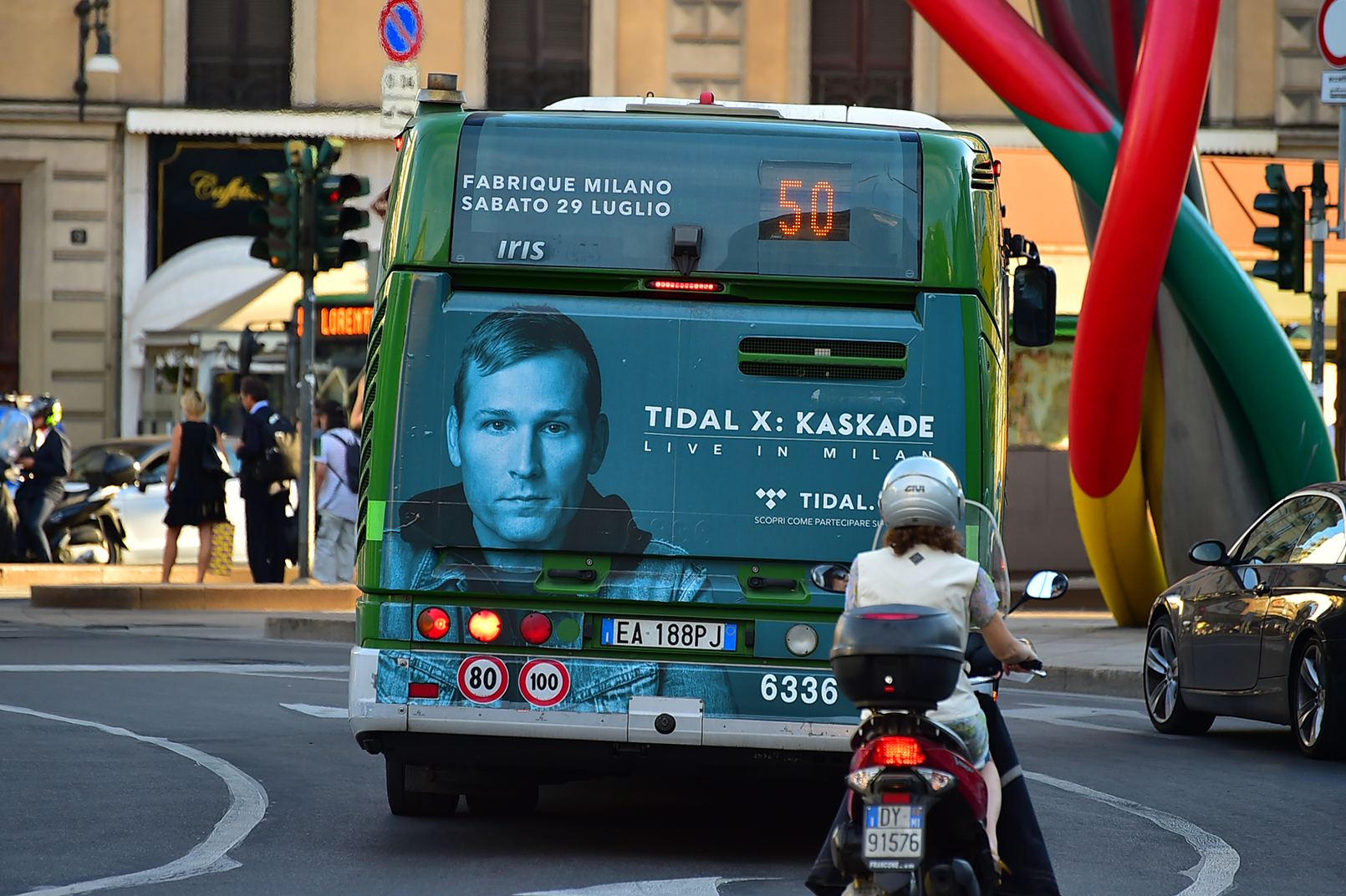
This method is effective for reaching both pedestrians and drivers in dense urban areas where buses are a constant presence.
Train and Subway Advertising
Trains and subways provide a captive audience with consistent exposure to advertisements. Ads can be placed inside carriages, where commuters spend considerable time, or on platforms. Interior ads might include overhead panel displays, digital screens, and floor graphics.
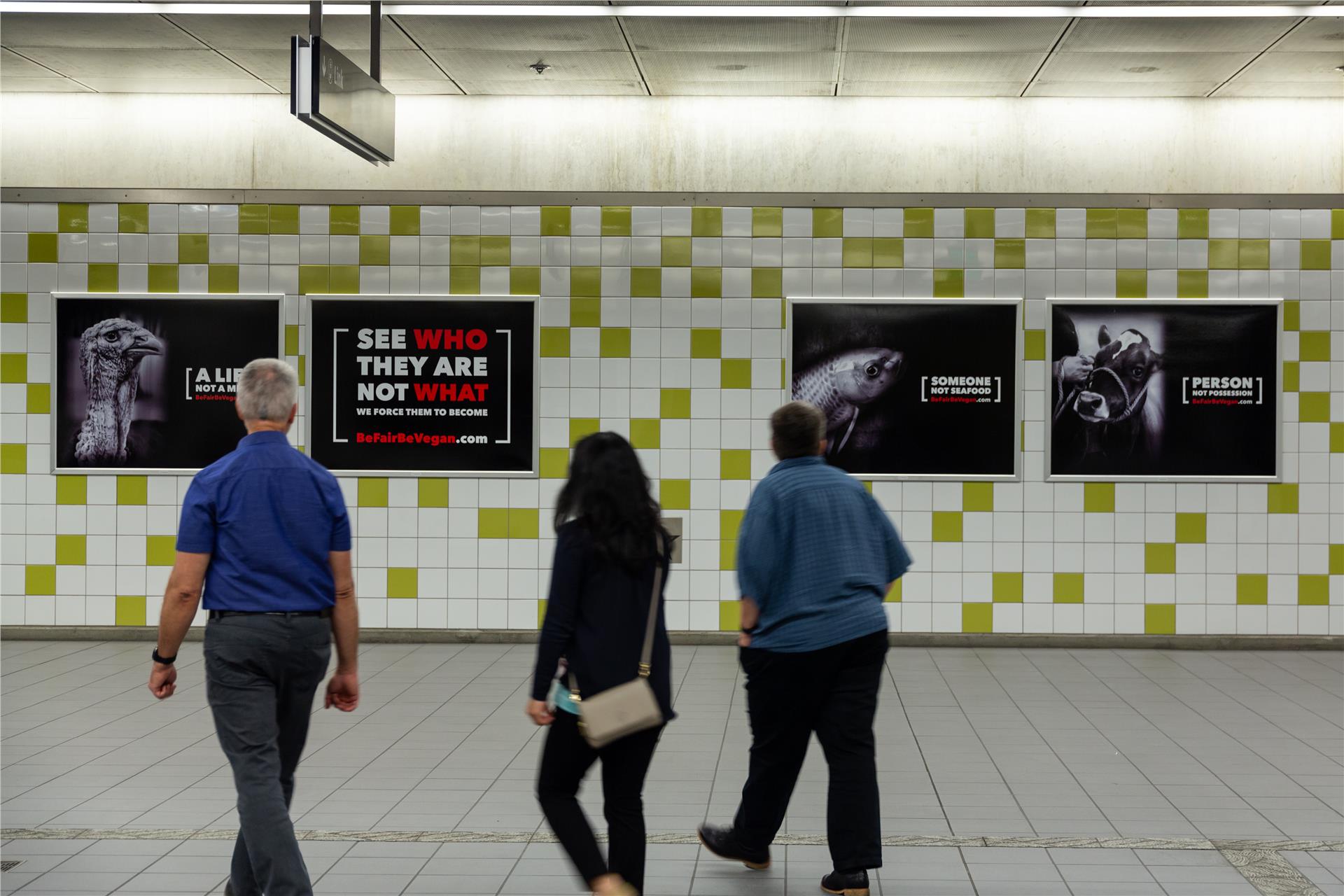
Exterior train ads might encompass partial wraps or full wraps, depending on the advertising campaign’s budget and goals. These environments are ideal for detailed messages or campaigns that require thoughtful engagement from viewers.
Airport Advertising
Airports are hubs of high foot traffic and extended dwell times, making them prime spots for transit advertising. Airport ads can be found on walkways, near security lines, at baggage claims, and on jet bridges. These ads benefit from a diverse international audience and prolonged exposure times, as travelers often have time to absorb detailed messages while waiting for flights.
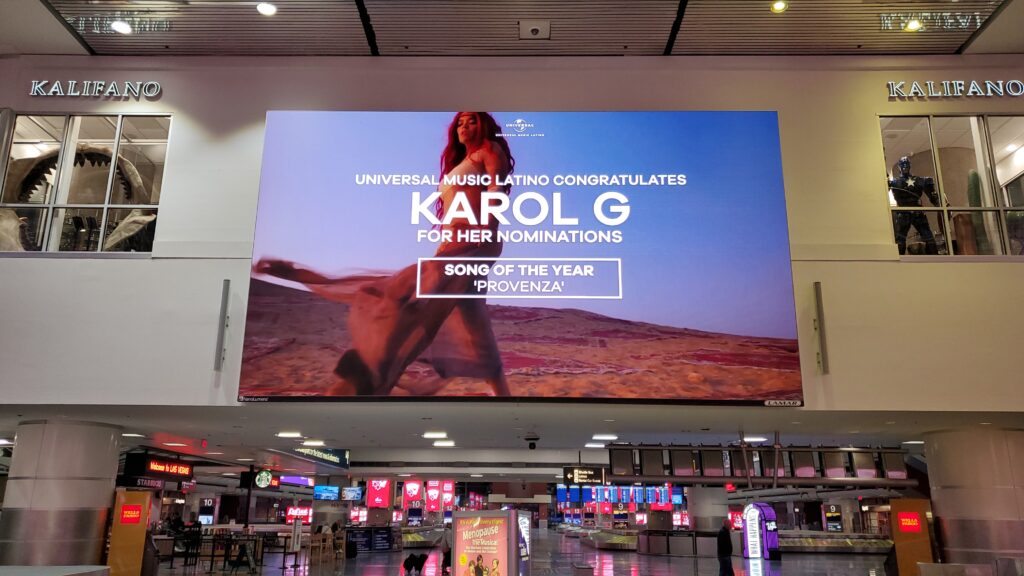
The key strength of transit advertising lies in its ability to integrate seamlessly into the daily lives of a diverse audience, ensuring repeated exposure and high recall due to the habitual nature of commutes.
The geographic targeting possible with transit advertising allows for campaigns to be fine-tuned to specific demographic groups based on the transit routes, thereby enhancing the relevance and impact of the advertisements.
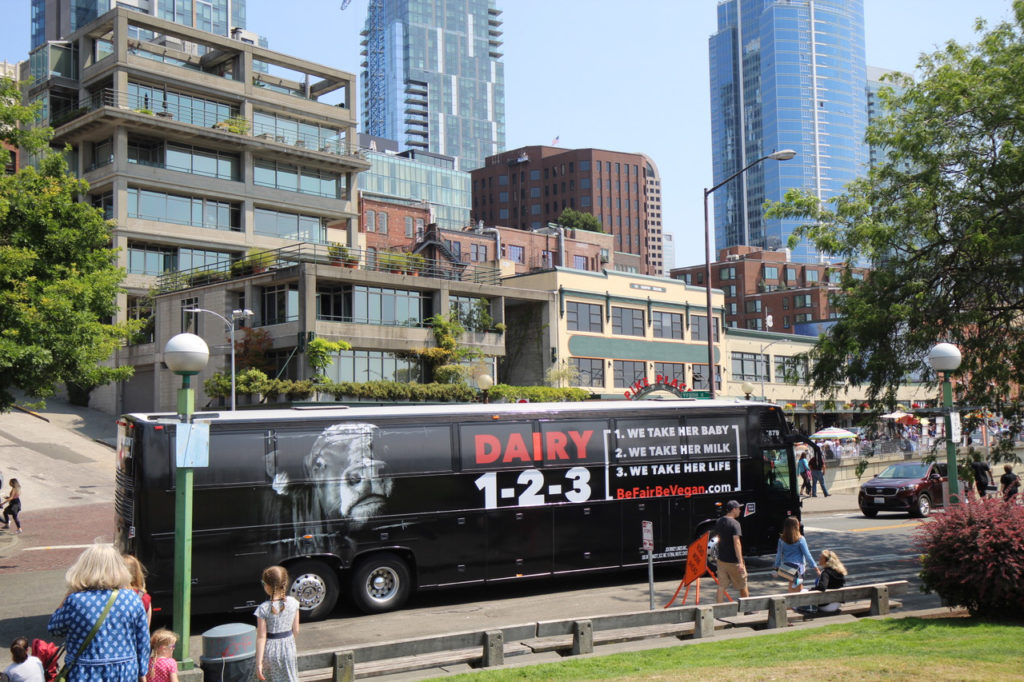
Street Furniture Advertising
Street furniture advertising taps into the infrastructure of urban living, transforming everyday public objects and spaces into valuable advertising assets.
This form of advertising is integrated into street furniture such as bus shelters, benches, kiosks, and even trash receptacles—items that people interact with daily, providing advertisers with a unique opportunity to engage with the public in high-traffic areas.
Bus Shelters
Bus shelters are among the most popular mediums for street furniture advertising. They provide a dual benefit: offering shelter and information to commuters while serving as an advertising space. Ads in bus shelters can be backlit, which makes them visible at night, enhancing their visibility and impact.
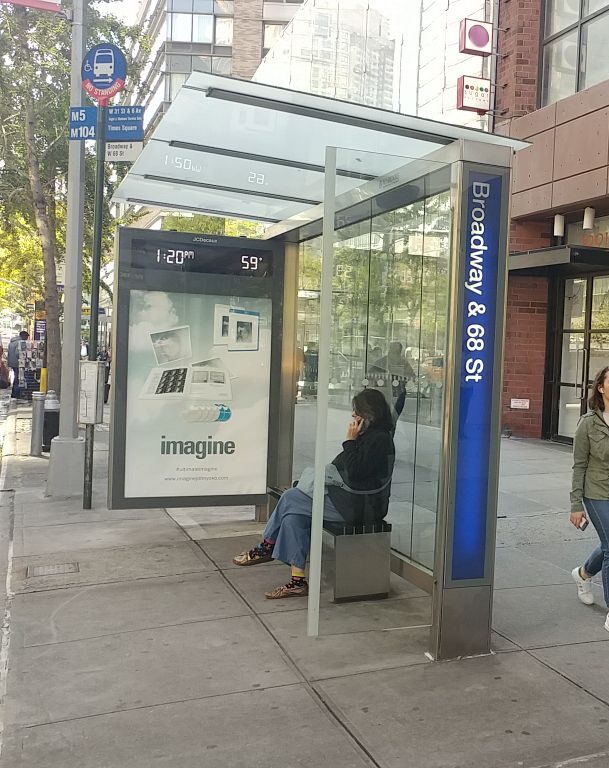
The captive audience of commuters waiting for buses ensures prolonged exposure to the messages displayed, making this an effective medium for detailed, impactful advertisements.
Benches
Advertising on benches is a subtle yet effective strategy, particularly in parks, bus stops, and along busy streets. These ads are often placed at eye level and can be seen by anyone sitting on or passing by the bench.
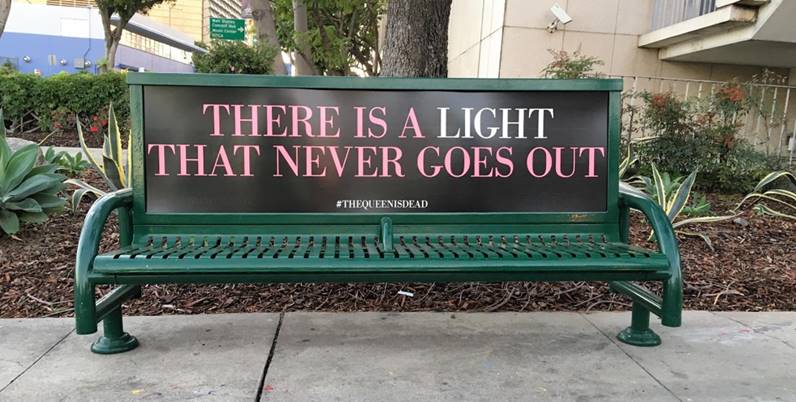
This form of advertising not only captures the attention of pedestrians but also serves as a functional piece of public utility, keeping the advertisement in the public eye throughout the day.
KIOSKS
Kiosks serve multiple purposes—from newsstands and information booths to small-scale vending facilities—and are often located in central business districts or busy pedestrian areas.
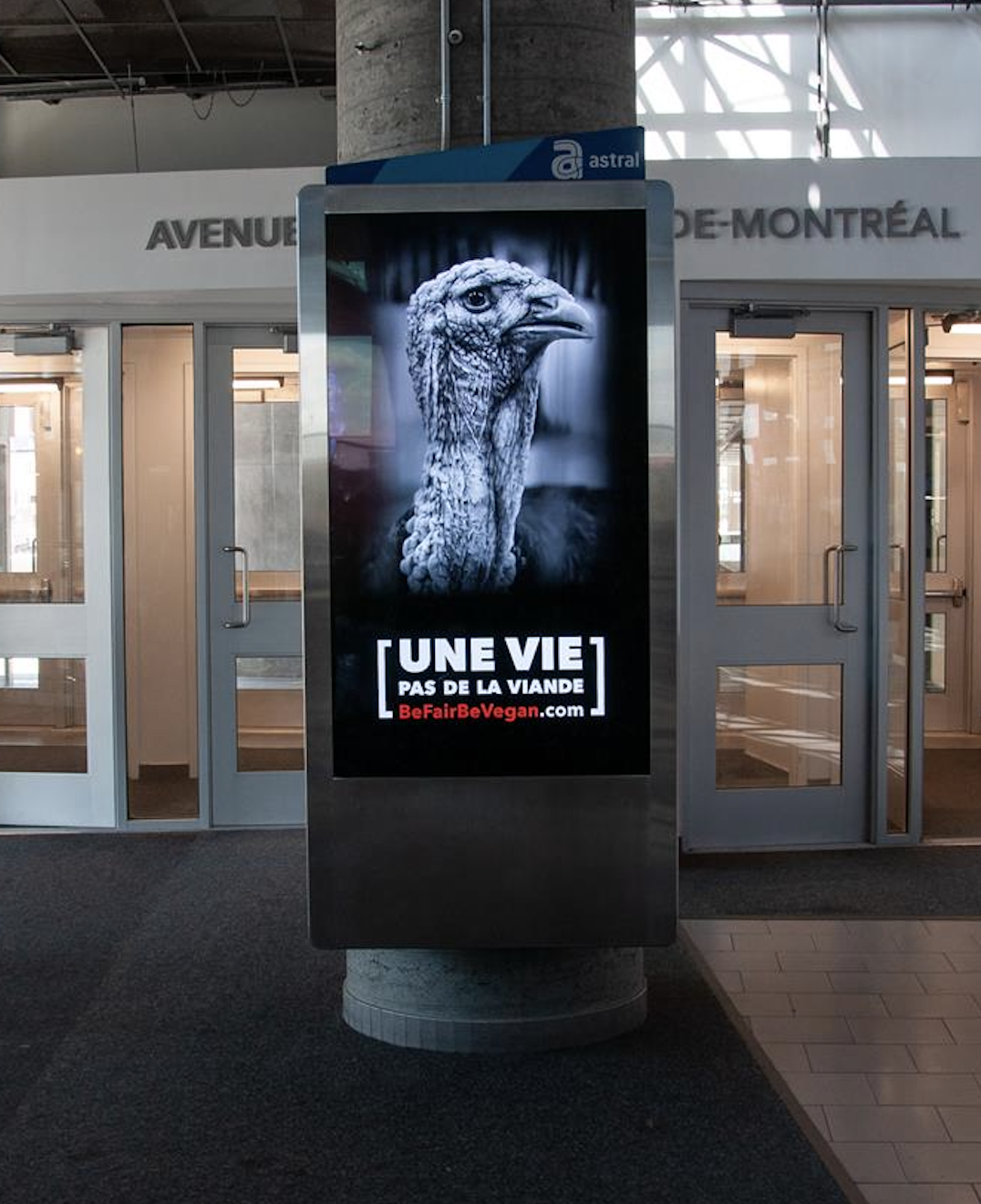
Advertising on kiosks can be very effective due to their central location and the variety of formats available for display, including digital screens, posters, and interactive displays. These are particularly effective for engaging with consumers in dense urban centers.
Digital Displays
Digital displays incorporated into street furniture offer dynamic content similar to digital billboards but on a smaller, more personal scale. These can be found in locations like transit stops, malls, and along pedestrian paths.
The advantage of digital displays is their ability to update content in real time, making them ideal for time-sensitive advertisements and engaging content that can be changed frequently.
Trash Receptacles
Even trash receptacles have been utilized for advertising, demonstrating the innovative use of public space for marketing purposes.
These are typically wrapped with advertisements, turning a mundane object into a billboard. Their ubiquitous presence ensures consistent exposure to pedestrian traffic throughout urban and suburban environments.
Street furniture advertising stands out for its ability to merge functionality with marketing, embedding advertisements within the urban landscape in a manner that is both non-intrusive and effective. Its presence in everyday life makes it an integral part of the environmental branding and public engagement strategy for many businesses.
This form of advertising not only enhances brand visibility but also enriches the urban aesthetic, often bringing artful designs and helpful information to public spaces.

Innovations in Outdoor Advertising
The landscape of outdoor advertising is continually evolving, with technological advancements driving new ways to captivate and engage audiences. As advertisers seek to make a more impactful connection with consumers, interactive technologies such as interactive billboards, augmented reality (AR) ads, and projection mapping have emerged as powerful tools.
Interactive Billboards
Interactive billboards are a significant leap from traditional static advertising. These billboards use sensors, cameras, or touch screens to interact directly with passersby, turning viewers into active participants. For example, a billboard might change its message based on the movement or reactions of people nearby, or it might allow them to play a game via a touchscreen interface.
This level of interaction not only increases engagement but also enhances recall, as participants are more likely to remember an ad they’ve interacted with physically. Brands like Coca-Cola and Nike have successfully implemented interactive billboards that encourage viewer participation, significantly boosting their advertising effectiveness.
3D and Augmented Reality (AR) Ads
Augmented reality in advertising takes the viewer’s environment and enhances it with computer-generated perceptual information. This can range from simple 2D overlays to complex 3D experiences that seem to interact with the physical space around them.

For instance, AR ads can make it appear as though a fictional character or product is right in front of the viewer, accessible via smartphones or AR glasses. This type of advertising is highly engaging because it blends digital content with the real world, creating memorable experiences that can go viral, especially when they encourage user-generated content on social media platforms.
Projection Mapping
Projection mapping uses projectors to cast images onto various surfaces, transforming ordinary buildings or landscapes into spectacular displays. This technique can animate static objects with light, color, and motion, making them tell stories or change appearances. Projection mapping is particularly effective for large-scale events like product launches, celebrations, or festivals, where it creates a visually striking spectacle that can draw large audiences.
By altering the appearance of familiar structures or environments, projection mapping creates a magical, cinematic experience that can capture the imagination of countless viewers, making it an invaluable tool for memorable marketing campaigns.
These innovative approaches not only illustrate the versatility and creative potential of outdoor advertising but also demonstrate how technology can be used to create deeper emotional connections with audiences. As these technologies become more accessible and cost-effective, they are likely to play increasingly prominent roles in the strategies of forward-thinking marketers.
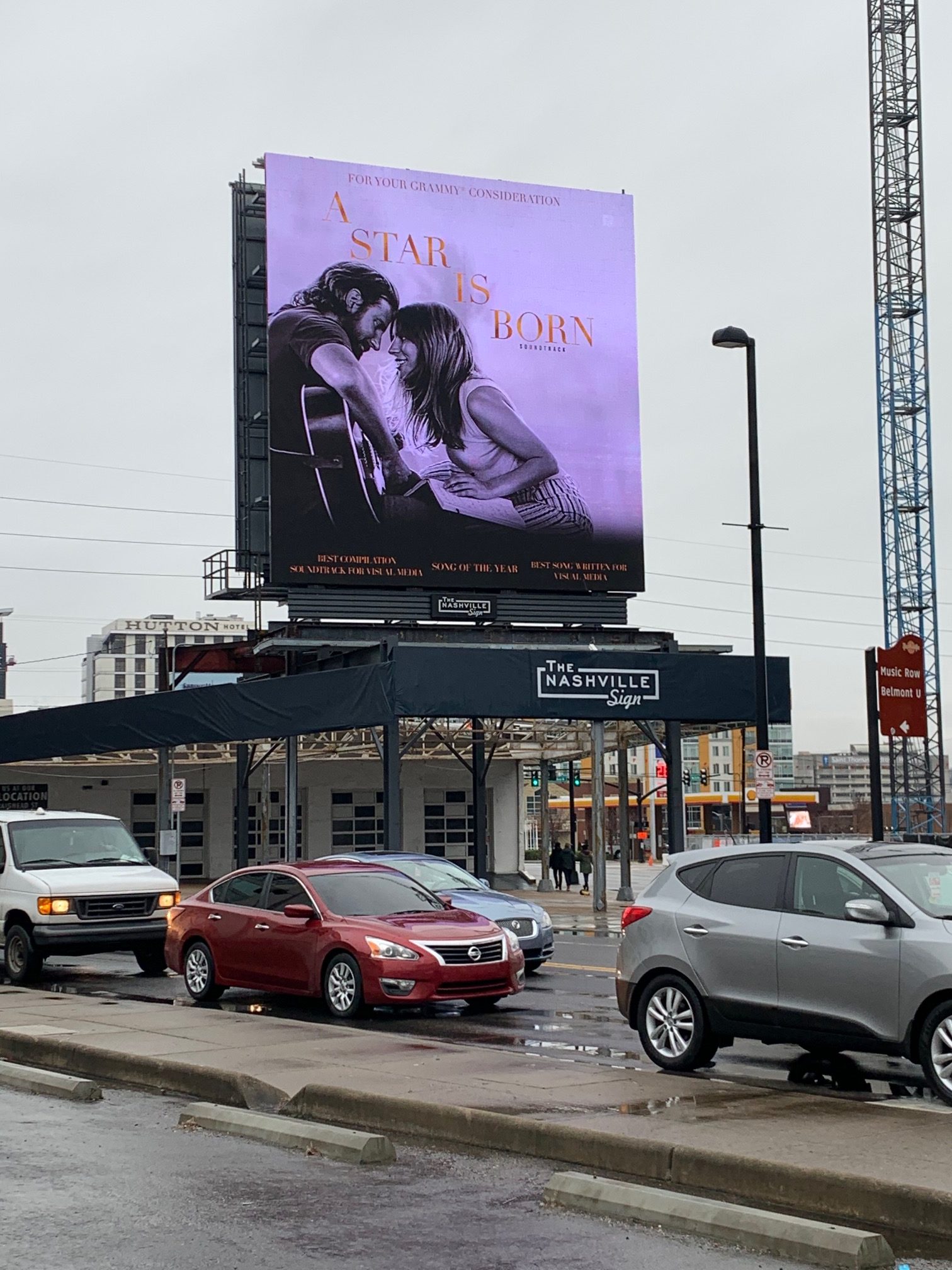
Unique Forms of Outdoor Advertising
Outdoor advertising has evolved beyond traditional billboards and bus ads, embracing unique forms that capture public attention in innovative ways. These alternative approaches not only stand out visually but also engage audiences more deeply by creating unique experiences.
Aerial Advertising
Aerial advertising includes advertisements from airships, blimps, and drones, which provide a bird’s-eye view that captures widespread attention. This method is especially effective at large gatherings like sports events, festivals, or beaches where large crowds are present.
Blimps often carry large banners while drones might display LED messages or create light shows. The novelty of seeing an ad floating high above ensures high recall rates due to the unique delivery method and the sheer scale of visibility it offers.
Guerrilla Marketing Campaigns
Guerrilla marketing refers to the use of unconventional and innovative strategies intended to get maximum results from minimal resources. This form of advertising is all about creativity and surprise, often blending seamlessly with the environment or appearing where you least expect it. For example, a brand might create an illusion on the sidewalk that draws attention or use building facades to create an interactive experience.
The key element of guerrilla marketing is its ability to create impactful, memorable interactions through unexpectedness, making it highly effective for brands that want to make a strong impression without the expense of large-scale media buys.
Experiential Outdoor Advertising
Experiential advertising transforms passive observation into active participation. This form of advertising creates immersive experiences that might include pop-up installations, interactive digital kiosks, or live events. The goal is to engage the consumer’s senses, emotions, and cognitive functions to create a memorable bond between the consumer and the brand.
For instance, a pop-up shop might allow consumers to experience products firsthand or an interactive billboard might change its message based on the actions of passersby. Such experiences are shared widely on social media, further amplifying the reach and impact of the advertisement.
Wrapped Vehicles and Mobile Ads
Wrapped vehicles, such as cars, buses, and trucks wrapped in eye-catching graphics, act as mobile billboards that navigate through cities and along busy highways, bringing the advertiser’s message directly to different demographics over a wide area.
This method is highly customizable and can target specific locations or events, making it a flexible option for regional advertising campaigns. The mobility of these ads allows for strategic targeting during special events or in high-traffic areas, increasing the visibility of the advertisement and thereby enhancing brand awareness significantly.
These unique forms of outdoor advertising break away from the conventional, creating standout moments that engage the public in fresh and exciting ways. By incorporating these strategies, advertisers can create more dynamic, interactive, and memorable advertising campaigns that resonate well with modern audiences.

ready to discuss your campaign?
FAQs
What is traditional outdoor advertising?
Traditional outdoor advertising includes static and digital billboards, mobile billboards, and transit advertising, utilizing large-scale visuals along highways, urban areas, and on moving vehicles to capture public attention.
How do static billboards work?
Static billboards display a consistent message 24/7 in high-traffic locations, making them effective for building brand recognition and delivering straightforward messages.
What are the benefits of digital billboards?
Digital billboards can change messages throughout the day, use vibrant displays, and show full-color graphics and videos, making them ideal for timely or dynamic content.
What is the advantage of mobile billboards?
Mobile billboards allow for targeted advertising by moving around or parking in strategic locations, such as near events or during peak traffic times, to maximize visibility and impact.
How does transit advertising reach audiences?
Transit advertising places ads on public transportation vehicles and stations, turning daily commutes into opportunities to reach a diverse audience across different geographic areas.
What is unique about bus shelter advertising?
Bus shelter advertising uses backlit displays at commuter waiting areas, providing visibility at night and prolonged exposure to ads due to waiting times.
How do interactive billboards engage viewers?
Interactive billboards use technology like sensors and touch screens to create engaging experiences, encouraging direct interaction and increasing advertisement recall.
What are augmented reality (AR) ads?
AR ads enhance the real-world environment with digital overlays or 3D experiences accessible via smartphones or AR glasses, creating highly engaging and memorable advertising.
How does projection mapping enhance advertising?
Projection mapping projects images onto surfaces like buildings, creating visually striking displays that can animate static objects and captivate large audiences during events.
What are some unique forms of outdoor advertising?
Unique forms include aerial advertising with airships or drones, guerrilla marketing with unexpected creative displays, and experiential advertising with interactive installations that engage the senses.




